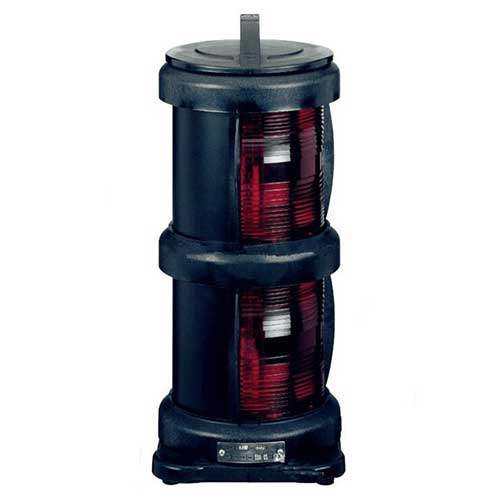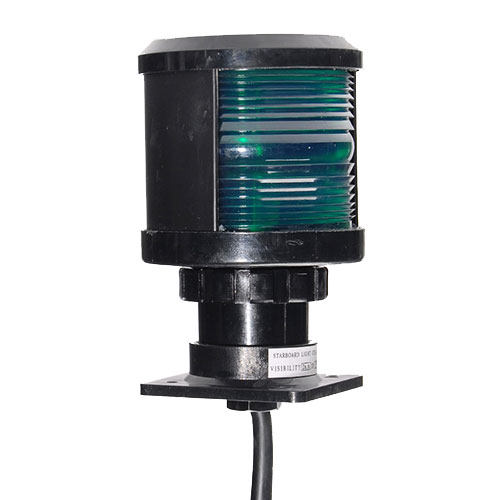Marine navigation lights are indispensable tools that ensure vessel safety and prevent collisions in the open sea. These lights serve as beacons, guiding ships through darkness, adverse weather conditions, and hazardous waters. This article explores the significance of marine navigation lights, delves into their common types, and examines the technological advancements that have transformed navigation lighting.

Definition and Purpose of Marine Navigation Lights
Definition:
Purpose:
The primary purpose of marine navigation lights is to ensure safe navigation and prevent collisions in various maritime scenarios. They facilitate collision avoidance, vessel identification, communication of intent, precise vessel positioning, and navigation in limited visibility conditions. Adherence to international regulations, such as the COLREGs, ensures consistency in the display of lights across vessels worldwide, enhancing maritime safety.

Common Types of Marine Navigation Lights
Sidelights (Port and Starboard Lights):
Color: Red (port side) and green (starboard side)
Purpose: Communicate the direction and heading of the vessel, aiding in collision avoidance.
Sternlight:
Color: White
Purpose: Indicates the size and direction of motion of the vessel to those behind it, especially important for passing or trailing vessels.
Masthead Light (Steaming Light):
Color: White
Purpose: Mounted atop the vessel's mast, indicates the presence of a vessel and is visible when the ship is in motion and under power.
Towing Lights:
Colors: Yellow (towing light) above a white masthead light
Purpose: Indicates vessels involved in towing, aiding in collision avoidance.
All-Round Light (360-Degree Light):
Color: White
Purpose: Emits light in all directions, used when a vessel is at anchor or not under command.
Anchor Lights:
Color: White
Purpose: Visible when a vessel is at anchor, helps avoid collisions, and indicates the vessel's position.
Special Purpose Lights:
Purpose: Customized lights for specific vessels, such as fishing or pilot boats, conveying information about their operations to prevent accidents.
Navigation Light Combinations:
Purpose: Vary based on vessel type, purpose, and operations, aiding in determining the vessel's type and nautical status. Governed by COLREGs for global uniformity.
Evolution Technologies for Marine Navigation Lights
Incandescent Bulbs:
Traditional bulbs emitting light when an electric current passes through a filament.
LED (Light-Emitting Diode) Lights:
Energy-efficient, long-lasting, and bright lights revolutionizing marine navigation.
Automated Systems and Sensors:
Controls light intensity based on external factors like ambient light, weather, and vessel movement.
Remote Monitoring and Control:
Allows operators to remotely monitor and control navigation lights through digital interfaces or software.
Improved Durability and Reliability:
Modern materials and sealing techniques enhance durability, protecting lights from water intrusion and corrosion.
Compliance with Regulations:
Built-in compliance functions ensure lights adhere to international norms and standards.
Wireless Communication:
Enables communication between navigation lights and other vessel systems, improving overall safety and coordination.
GPS Integration:
Integrating GPS technology for accurate positioning and displaying appropriate navigation light combinations.

Conclusion:
Marine navigation lights enabling sailors to navigate intricate waterways and reach their destinations safely, from classic sidelights to modern LED systems, symbolize the essence of maritime navigation. Through continuous technological evolution, these lights have become more reliable, energy-efficient, and adaptable, contributing to the enhancement of maritime safety on a global scale.










Comments (0)